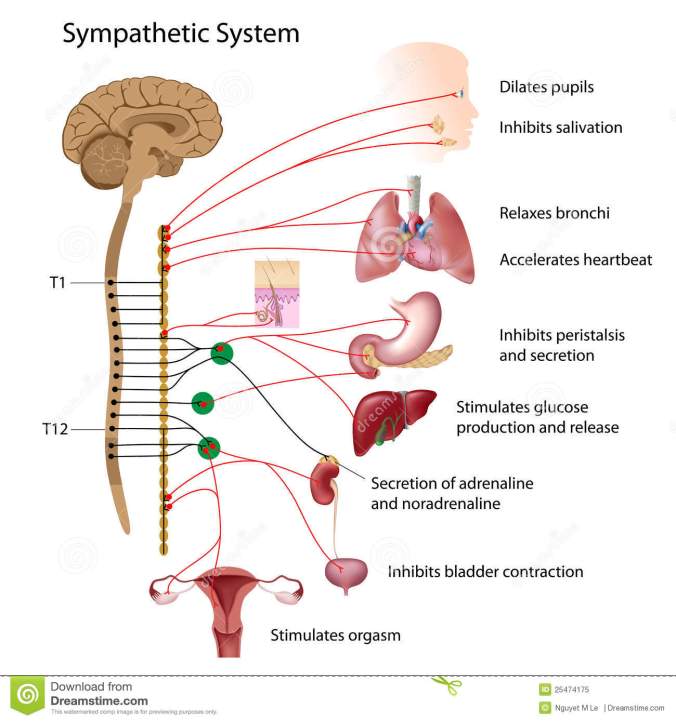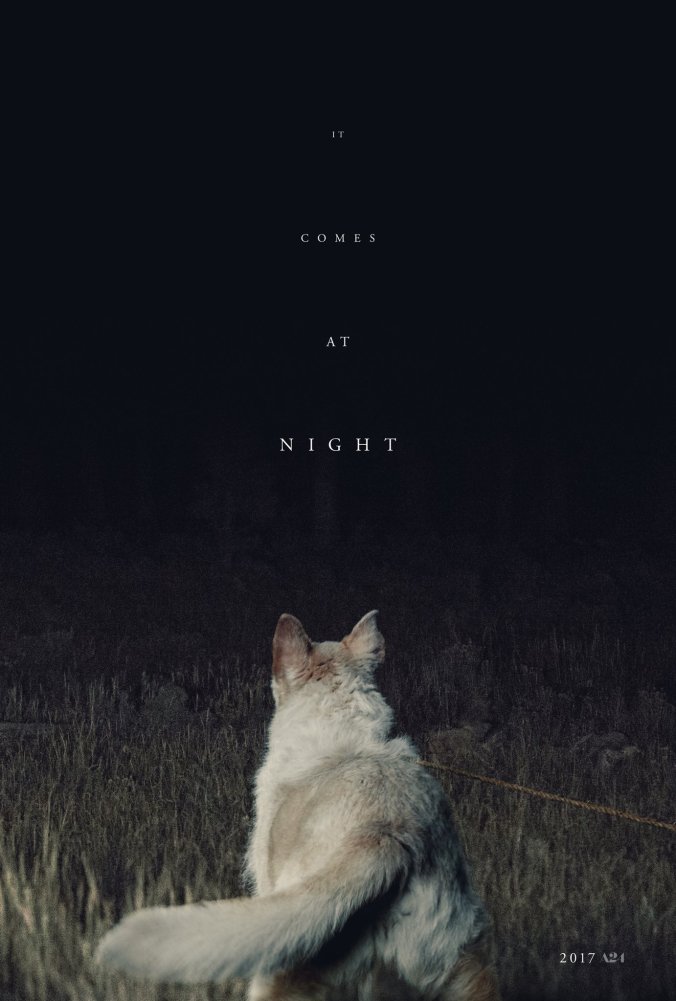Hey everyone! I thank you all for your patience and understanding as I work to get my first vlog series, “The Honest Bachelor’s Life,” up and running. I had a bit of an issue rendering my second video, but I hope to have it all sorted out by this coming weekend.
Tonight’s “Lessons to Practice” centers on a single genre, and one of my favorites: horror.

Retrieved from http://scarystoriestotellinthedark.weebly.com/
Unease. Dread. A sense of being watched — then followed. Scary stories have been around for centuries, and some ancient tales of the supernatural and harrowing brushes with death still hold up against their more modern counterparts.What is it about these works of terror that affect us so much? I’ll break it down into four main reasons, then go into each in more detail. Finally, in next week’s “Lesson,” I’ll conclude with some personal tips for writing a deeply unsettling work of horror that lingers with your readers long after their bedtime.
Here are four of my top reasons why scary stories and movies can be so effective at chilling us to the bone:
- Human perception and dissonance
- Our innate fear of the unknown
- Violence and our own self-destruction
- The cycle of uncertainty

Retrieved from http://www.vulture.com/2017/06/is-the-babadook-gay.html
Human Perception and Dissonance
At a basic physiological level, horror works because of how we perceive the world around us. When you’re watching a horror movie, your fight or flight system (aka, your sympathetic nervous system) is being triggered over and over again. Does an obscure figure suddenly dart across the dark background as the main hero is walking around in the foreground? Your eyes just tracked that motion — and immediately sent a signal to the primal part of your brain, which then tells you, “Watch out! Someone’s coming to get you!” Chances are there was also a loud bang of a piano key or some other jarring musical piece accompanying said jump scare. That noise also feeds into your primal brain and almost immediately gets your adrenaline pumping.

Retrieved from htps://es.dreamstime.com/foto-de-archivo-libre-de-regalías-sistema-comprensivo-image25474175
However, good horror does more than just throw jump scares, or, in the case of a horror novel, simple grotesque imagery at us. It also makes us question our own perceptions. Doubt is the root of all fear, after all.
Here’s a spooky example: In the infamously chilling Scary Stories to Tell in the Dark series, illustrator Stephen Gammell capitalizes on our brain’s inability to perfectly reconcile our physical perceptions with our mental imagery. Check out these two drawings below:

Retrieved from https://litreactor.com/sites/default/files/images/column/headers/scarystoriesdontsue.jpg

Retrieved from cdn.ebaumsworld.com/mediaFiles/picture/1015945/84189419.jpg
The beauty (if you can call it that) of Gammell’s illustrations is that they are ambiguous. The soil and grass of the first image meld into sinew and what many of us would, I assume, identify as a droplet of blood. However, we can’t be certain that it’s blood, given that the illustration lacks color. Same goes for the ghost floating above the dresser. Where is the center of its body? Are those roots, or extensions of its arms? These questions can’t be answered easily, and so we scan the pictures over and over again, trying to consolidate what our brain is telling us with what we are feeling at a gut level.
Stimuli that we can’t readily identify as one concrete thing is much more unsettling. That segues nicely into my second reason why horror unnerves us so much.
Our Innate Fear of the Unknown
Was that a human figure standing near the lone street light at the end of our block? Did I just see a dog dart in between those bushes…or was it some animal I’ve never seen before?
Most of us are scared by what we can’t place our finger on. Dreams in which our daily world is made slightly amiss by the subtle or overt change of even one detail can make our entire reality seem off kilter. We tend to feel our skin bristle and our hair stand on its end whenever we hear an unfamiliar language, see a stranger walking around our apartment complex, or receive a phone call in which no one speaks to us. All of these things cannot be concretely defined by our minds — so our imagination fills in the gaps, often with terrifying results.
Take a look at the movie, It Follows. In this dream-like horror odyssey, our heroine, Jay, is relentlessly pursued by an otherworldly creature that shapeshifts and takes the form of vacant-eyed and slowly shambling human figures which are either dressed in white or nude altogether.

Retrieved from https://drnorth.wordpress.com/tag/it-follows/
What makes the creature of It Follows so sinister is the fact that it could be anyone: a neighbor, a friend, or a complete stranger. Not knowing its identity is what inspires a very primal sense of fear in the viewer. Couple that ambiguity with the way that It leaves its victims mangled and drained of all life, and you have a monster that is more haunting than any horror icon in recent memory.
Violence and Our Own Self-Destruction
Whether it’s a scary movie or a story, the overuse of violence is a writer’s greatest pitfall. You’ve heard it a thousand times before, but it’s worth repeating: gore does not equal fear. However, strong works of horror remind us on a mostly unconscious level that we are all going to die someday. Perfect horror, in my eyes, reminds us of the much more cryptic psychological suffering that we will go through long before we ever reach the grave.

Retrieved from https://www.taringa.net/posts/juegos/18559378/TOP-10-Juegos-de-Terror-Psicologico.html?dr=
Silent Hill 2 reigns supreme in the department of unsettling psychological horror. James Sunderland, the protagonist, stumbles upon myriad images that are both unexplainable and yet, strangely distressing in their universality. “Are these hands searching for something? Or are they a sign of pain?” James wonders to himself upon inspecting the hands. The astute player will quickly realize that those hands represent James’ own guilt and grief over the death of his wife, Mary, which are devouring him from within and clamoring to be let out.
Rather than over-relying on violence, a good writer or director will focus more on the emotional pain and torment that we have all felt before. After all, a person doesn’t have to think or emotionally process their cut or broken arm in order for it to heal. However, without such introspection or pursuit of mental support, a person’s deep spiritual wounds are unlikely to heal significantly. Such is the mortality of the soul versus that of the body.
The Cycle of Uncertainty
What is the final touch of a good scare? In a nutshell, it’s the impeding feeling of doom that comes with having to anticipate more fear, psychic torment, and physical pain later on down the road. A perfect example is It Comes at Night, the strongest horror movie to come out thus far in 2017.

Retrieved from https://www.reddit.com/r/movies/comments/5sexlm/it_comes_at_night_poster_joel_edgerton_riley/
While some criticized the film’s lack of a tangible monster or physical threat, it is this exact absence of any perceivable threat which makes the story so brilliant and nail-bitting. The true terror comes from within the main character’s mind, rather than what’s waiting for him and his family outside the walls of their fortified home. A person’s thoughts of dying, of seeing more of their loved ones suffer and perish, are far more formidable than any zombie or ghost that might be lurking outside. The takeaway is that, if we can’t come to terms with our own fear, then it will destroy us and those around us.
This was a good look at horror. I liked it! I always found it interesting the different ways writers can write horror and mess with the human mind.
LikeLiked by 1 person
this is fascinating. thanks for sharing your research and insight on horror o.o
LikeLiked by 1 person
Of course! I’m glad you enjoyed it, even if it was a bit of a spook read at times 🙂
LikeLiked by 1 person